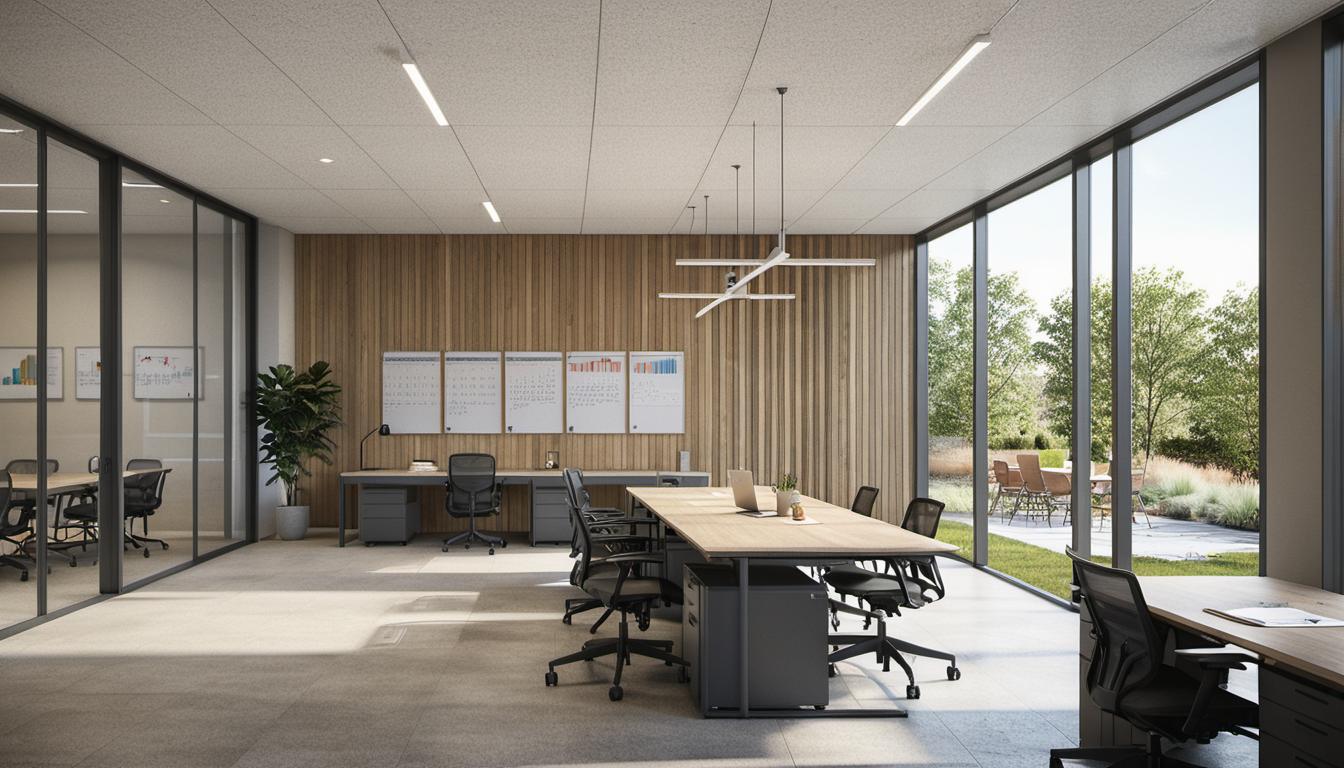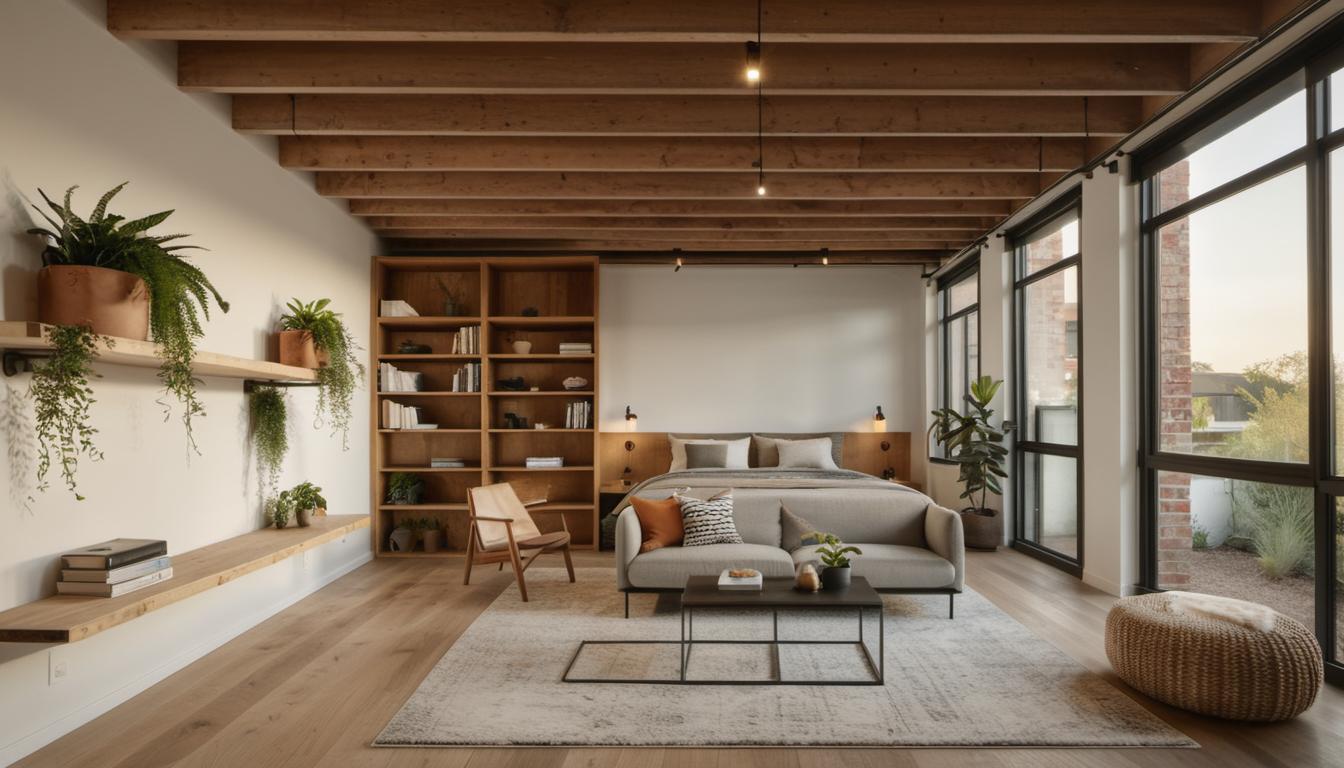Welcome to the world of architecture staffing!
A key to the successful operation of any business, especially the ones dealing with architecture and interior design, lies in the hands of the employees. Aiding in the design and implementation of buildings and structures, these individuals possess unique skills, talent, and experience. Identifying these key qualifications when staffing your architecture firm becomes paramount. However, this isn’t a simple process and it involves proper planning and the ability to determine key skills required.
Decoding the Project Staffing Plan
A Closer Look
Ever wondered why staffing your architecture firm efficiently is the key to its growth? A project staffing plan is the answer. This continuing strategic initiative aims at understanding current employees and helps in planning the future workforce required to meet the company’s objectives. Not just a simple list, it provides crucial information about the types and numbers of professionals required to grow and sustain your operations.
The Intent Behind a Project Staffing Plan
An architecture firm’s staffing plan aims at helping you understand the resources currently available and plan for future personnel requirements effectively. It’s a strategic tool to maximize productivity, reduce internal clashes, increase retention rate of professionals and use project fees in a practical, efficient manner.
Here’s the Math: Computing Staffing Needs
Analyzing the Trends
Trend Analysis uses past data to foresee future project trends and staffing estimates.
Analyses of Ratios
With the Ratio Analysis approach, staffing needs are planned using industry metrics. Example: The number of projects that typically require ‘x’ number of professionals.
Looking at Competition
Competitor Analysis is the method of using a competitor’s metrics to estimate project and staffing requirements for your architecture firm.
Examining Different Staffing Methods
Project-Based Staffing
This method addresses immediate requirements for particular projects.
Short-Term Staffing
A small number of projects which are ongoing but require staffing for a limited period fall under this category.
Long-Term Staffing
Long-term staffing typically involves comprehensive planning, covering the current and upcoming projects for a period ranging from 6 months to a year.
Strategic or Skills Staffing
This staffing method aligns company goals with the existing skills of the employees.
Succession Planning
This mechanism continually updates plans for anticipated changes in management and leadership.
Step-by-Step Guidance: Formulating a Staffing Plan
Step 1: Defining the Current Staffing
Step 2: Analyze Work and Determine Staffing Needs
Step 3: Formulate a Written Plan
Step 4: Execute the Staffing Plan
Step 5: Evaluate and Amend the Staffing Plan as Required
Recognizing the Right Talent: Determining the Key Qualifications
Technical Proficiency
Levels of Experience
Professional Ethics
Potential for Growth and Adaptability
Navigating the Hiring Process
Starting Out: Screening Resumes, Letters, and Portfolios on Hand
Using Tools for Tracking Applications and Screening
A Detailed Examination of Past Works by Applicants
Employing the Right Interview Questions
Wrap Up
To hire the best talent for your architecture firm, you need to have a robust staffing plan which accurately defines your staffing needs, uses the right metrics to project future requirements and clearly specifies the qualifications and skills you are looking for in your employees. This comprehensive approach will ensure that your firm always has the right team to deliver projects efficiently and effectively.
FAQs
Q: What is a project staffing plan in architecture?
A: A project staffing plan is a continuing strategic initiative used to understand and plan an architectural firm’s employees’ present and prospective workload. It highlights the need for specific types and numbers of employees to achieve the company’s goals.
Q: How do architecture firms calculate staffing needs?
A: Staffing needs can be calculated using three methods: Trend Analysis, Ratio Analysis, and Competitor Analysis.
Q: What are the different types of staffing methods in architecture firms?
A: The article discusses five staffing methods: Project-based Staffing, Short-term Staffing, Long-term Staffing, Strategic or Skills Staffing, and Succession Planning.
Q: What is the process of developing a staffing plan in architecture?
A: The process involves five steps: Determine current staffing, Analyze work and determine staffing requirements, Prepare a written plan, Implement the staffing plan, and Evaluate and revise the staffing plan as necessary.
Q: What are key skills to look for when staffing an architecture firm?
A: Key skills and certifications to look for should be based on the firm’s specialty, and the reach of project experience. The willingness to learn new skills, and the creativity displayed in designs are also important to consider.






